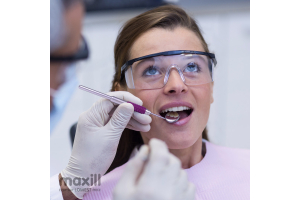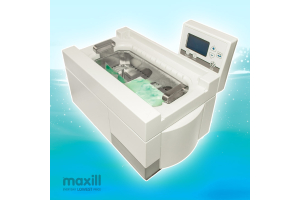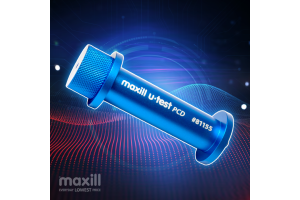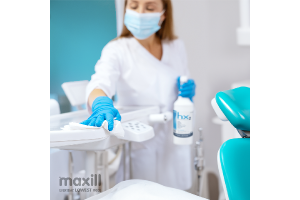Dental Unit Water Lines: Re-Entry into Practice Post Pandemic
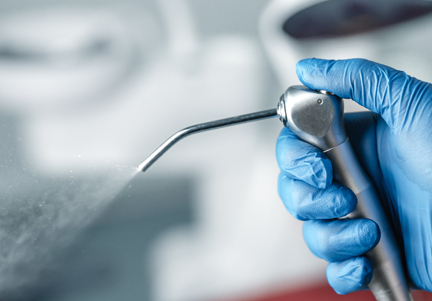
In the current situation of dental office closures due to the COVID-19 pandemic, there are varying degrees of concerns that dental professionals are facing.
Myself, as an RDH working clinically and an IPAC educator, I have a constant barrage of "what if’s" anxiously circling through my mind like a movie stuck on repeat.
A few days ago there was a new addition to my mental picture show… dental unit waterlines (like I needed more!).
Hence why I thought it was necessary to address dental unit waterlines (DUWL) form the perspective of dentists planning to 'return to practice' and foreshadowing of what to expect with the DUWL upon that return.
Contrary to common belief, DUWLs that remain unused create a far greater risk then lines that are purged and used daily.
Stagnation of the water in the DUWL tubing promotes more microbe growth to the existing biofilm matrix.
Even when offices are operational and the waterlines are purged it offers very low pressure in the tubing and cannot completely ‘force’ the biofilm off the wall of the tubing.
Due to this constant biofilm flora in DUWL, a system of clean, disinfect and test is required as a risk management approach to ensure the products being used in the system are actually doing their job towards the safe delivery of water.
When the Cat is Away, the Mice Will Play
What happens now that the dental offices are closed and NO water is moving in the lines?
It’s a biofilm carnival!!!
In a risk management approach, this needs to be addressed now PRIOR to day one of returning to practice.
As most of us have imagined the return to practice will come with a list of its own concerns, so let's pre-plan to not be surprised about DUWL’s.
With any interruption in the cleaning and disinfection of a DUWL we can expect that the biofilm will be more tenacious and difficult to remove from the lines.
The equation of clean, disinfect and test will NOT be three simple steps.
Some offices have already faced this issue where one or two lines in the office are not passing the testing.
Those lines have more biofilm and require the dental office to return to the beginning of the equation and repeat those steps over and over until the testing passes.
Time to Adopt a System
I want to be transparent in sharing this knowledge for offices to realize that they may be parked at "clean and disinfect" for some time before they see the testing results they are accustomed to.
Offices that did not have a system in place would be wise to adopt one ASAP upon return.
Wearing my educational hat, I can confirm that dental educational facilities have policies and protocols in place for any absence in use of the dental clinic that the DUWL’s are accounted for in the pre-startup maintenance regimen.
In observing the rules of social distancing, currently, offices have one person allocated to the task of going to the office and performing limited administrative duties and maybe some light maintenance for equipment.
It may be a consideration to add DUWL maintenance to that person's tasks when they are alone in the office.
If that is not possible (or if the legislation changes to a complete lockdown) then we are back to dealing with the issue upon return to practice.
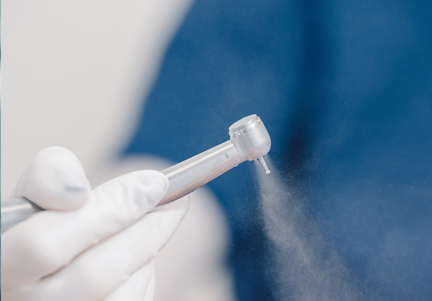
A Silver Lining
Believe it or not, there is a silver lining to this discussion.
The DUWL issue is not new, in the fact that not that long ago we were only purging the lines and did not have a clean, disinfect and test program in place.
In thinking back to that time, we were triumphant in establishing a program that yielded successful outcomes.
So can we do it again?
ABSOLUTELY!!!
We will march back into that front door of our dental offices, swing open the door, and re-establish control of the biofilm.
We are courageous dental professionals and will prevail in the face of adversity!
“The best view comes after the hardest climb” (unknown author). Until then, stay positive, healthy and safe!
SOURCES
- • Dr. Jean Barbeau. Waterborne Biofilms and Dentistry: The Changing Face of Infection Control. J Can Dent Assoc 2000; 66:539-41. https://www.cda-adc.ca/jcda/vol-66/issue-10/539.html
- • Dr. Shannon Mills DDS. The dental unit waterline controversy: defusing the myths, defining the solutions. Journal of the American Dental Association October 2006. Volume 131, Issue 10, Pages 1427–1441. http://jada.ada.org/article/S0002-8177(14)65150-3/pdf
- • Dr. Coleman, D.C. Biofilm problems in dental unit water systems and its practical control. Journal of Applied Microbiology. Volume 106, Issue 5 May 2009 Pages 1424–1437. http://onlinelibrary.wiley.com/doi/10.1111/j.1365-2672.2008.04100.x/full


